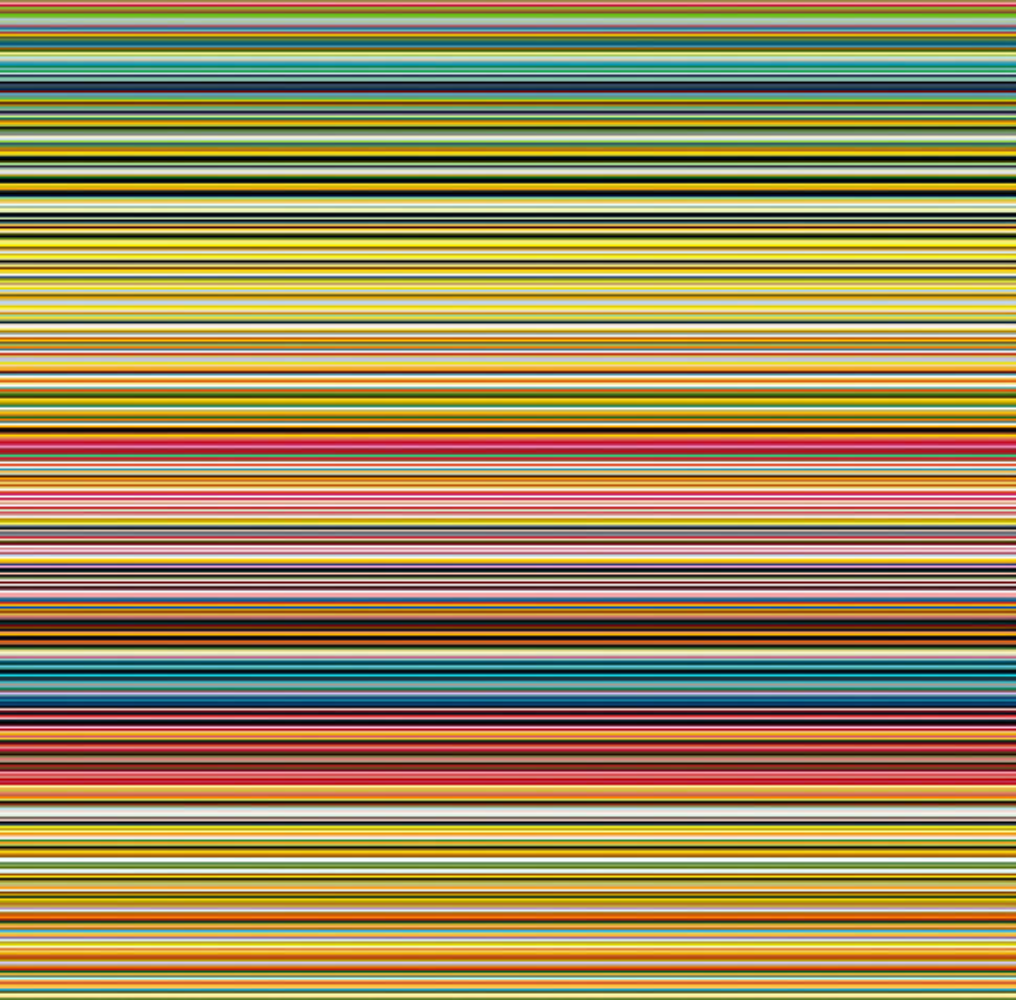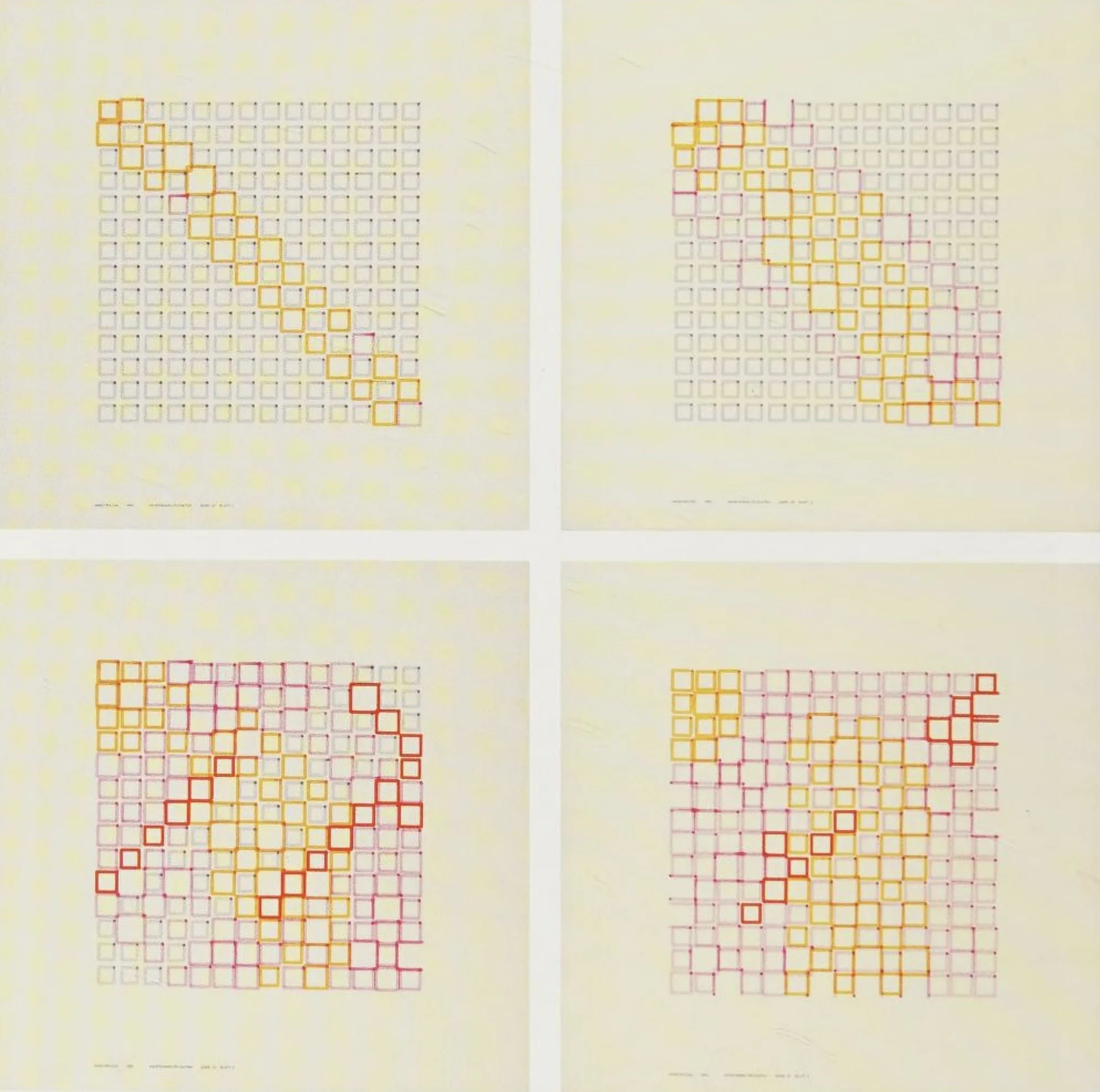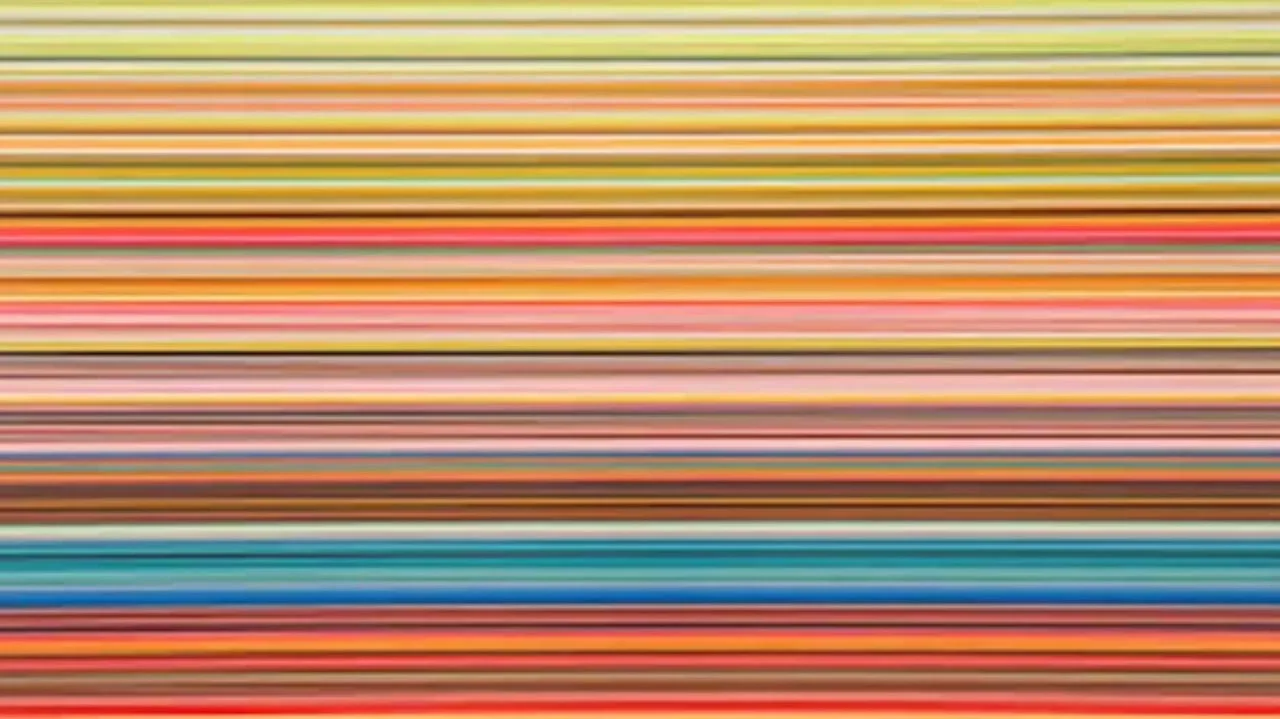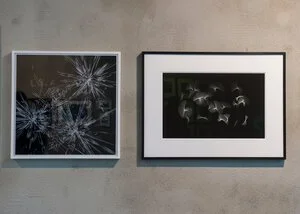
FRIEDER NAKE
Frieder Nake is a German mathematician, computer scientist, and trailblazer in the field of computer art. He gained international recognition for his pioneering work in the earliest manifestations of computer art, which first emerged in three small exhibitions in 1965.
Nake's art career took off when he had his first exhibition at Galerie Wendelin Niedlich in Stuttgart in November 1965, alongside fellow artist Georg Nees. From 1965 to 1969, he produced a significant body of work, estimated at around 300 to 400 pieces, which he showcased in various exhibitions across the globe. While some were limited screenprint editions, single pieces, and portfolios, most were China ink on paper graphics created using a flatbed high-precision plotter called the Zuse Graphomat Z64.
Nake's works were featured in significant group shows of the 1960s, including Cybernetic Serendipity in London, UK, in 1968, Tendencies 4: Computers and Visual Research in Zagreb, Yugoslavia, in 1968, Ricerca e Progettazione in the 35th Venice Biennale, Italy, in 1970, and Arteonica in São Paulo, Brazil, in 1971.
Nake's intellectual position between science and the humanities is evident in his book, Ästhetik als Informationsverarbeitung (1974), which is one of the earliest studies exploring the connections between aesthetics, computing, and information theory. He has authored over 300 publications, and his views on the "Algorithmic Revolution" emphasize the importance of preserving a fully human society in the face of advancements in computer technology.
Analog
Art On-Chain
Articles

Exhibitions












